WALIS Nokan, “Atayal”
Within Walis Nokan’s “Atayal,” there several cultural and social aspects that are addressed. The beginning of the poem is mirrored by a beginning in one’s day. Day breaks and the sun rises; here the sun represents the Japanese, not only because of the Japanese flag with the sun as its symbol, but also in that as the sun comes out, so do the Japanese colonizers.

Tattoos are also another part of Atayal culture. The author has a line “When the stele finally came to an open wasteland, it cleaned the tattoos off its body until it became a child of the earth.” This line is especially significant, because tattoos are seen as honorable, but are hard to remove, so the idea that they are removed in the afterlife is conflicting.
Later Wilis writes about the rainbow bridge from the Atayals; a rainbow is something that occurs when the sun is high, so the sun motif is continued. The rainbow bridge is associated with the warrior ideal within Atayal culture. Only those who are qualified warriors are allowed to cross the rainbow bridge into the afterlife.
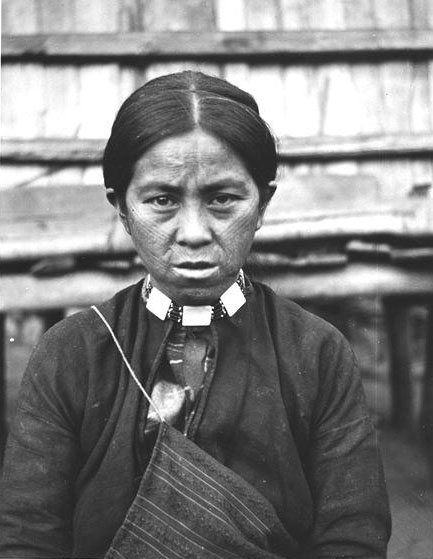
ZHONG Lihe, “My Grandma from the Mountains”
Zhong Lihe’s “My Grandma from the Mountains” tells the story of the author realizing that his grandma is a Gari, an aboriginal person.
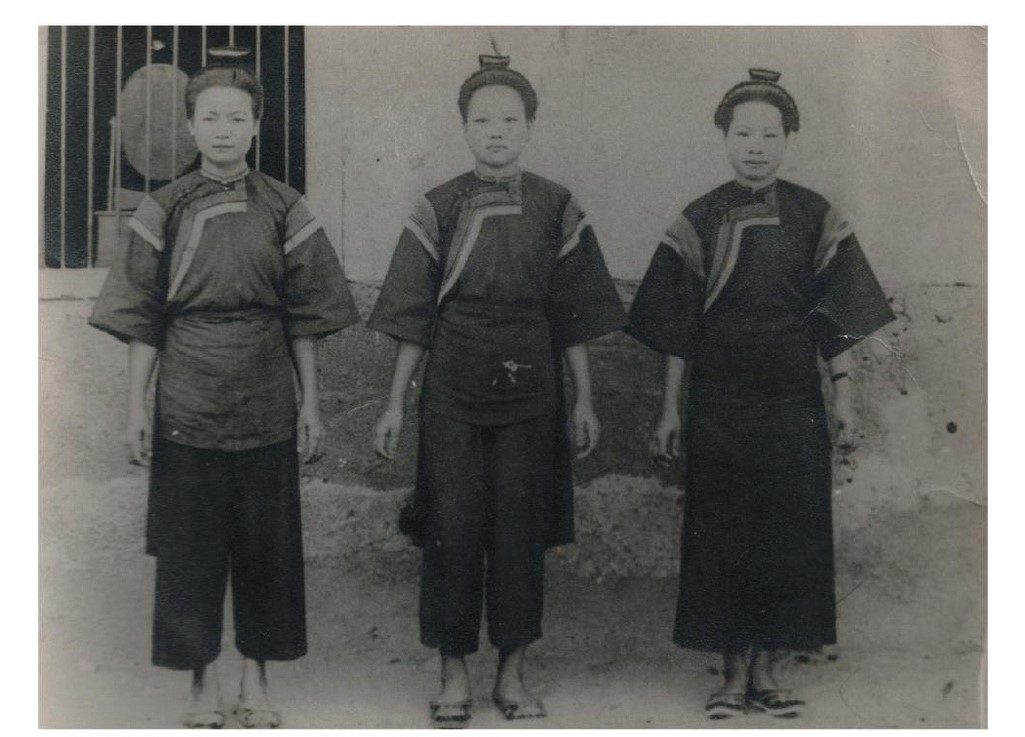
Because Garis are aboriginal, native people, they have traditional ways of marking the passage of time that don’t rely on dated calendars with little squares or columns. Often times months or seasons were indicated by the blooming and/or harvesting of specific vegetation. Mango trees usually start flowering in late November (Gregorian calendar).
This method for tracking time can also be seen in Native American culture. Each moon (lunar cycle), for instance, has a specific name for the corresponding natural occurrences.
Once the author realizes that his grandma is a Gari, he must come to terms with her different facets of identity. He loved his grandma and viewed her in a positive light, but his view of Gari was more negative. At the time, the aboriginal population of Taiwan faced widespread discrimination and the public opinion of the Gari was low. When his grandma brought her brothers to the village, she was nervous and anxious. She was strict with them. Any misbehavior would misrepresent the Gari and/or enforce stereotypes.

YANG Mu, “Close to Xiuguluan” and “Their World”
Smell is an important sense that steeps across Yang Mu’s writing. For the narrator, smells can represent feelings, especially a feeling of unfamiliarity in the case of the smell of the Ami village. Though over time, the narrator becomes used to the smell, though the strong smell still lingered.
Yang Mu is also known for his heavy environmental descriptions, which help the reader become immersed in the world of his. The photos below are some of the environments his draws upon in his writing.

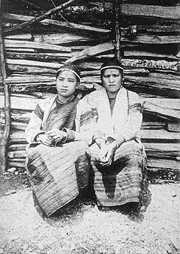
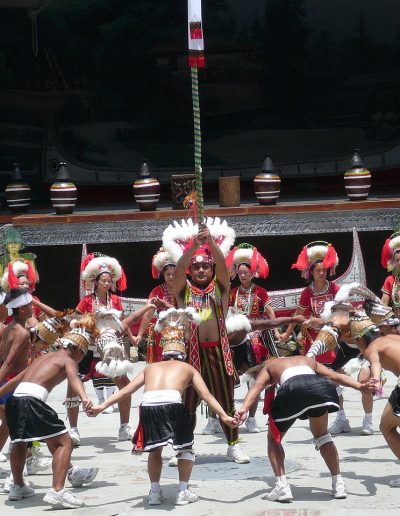
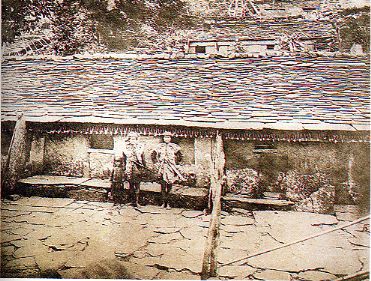




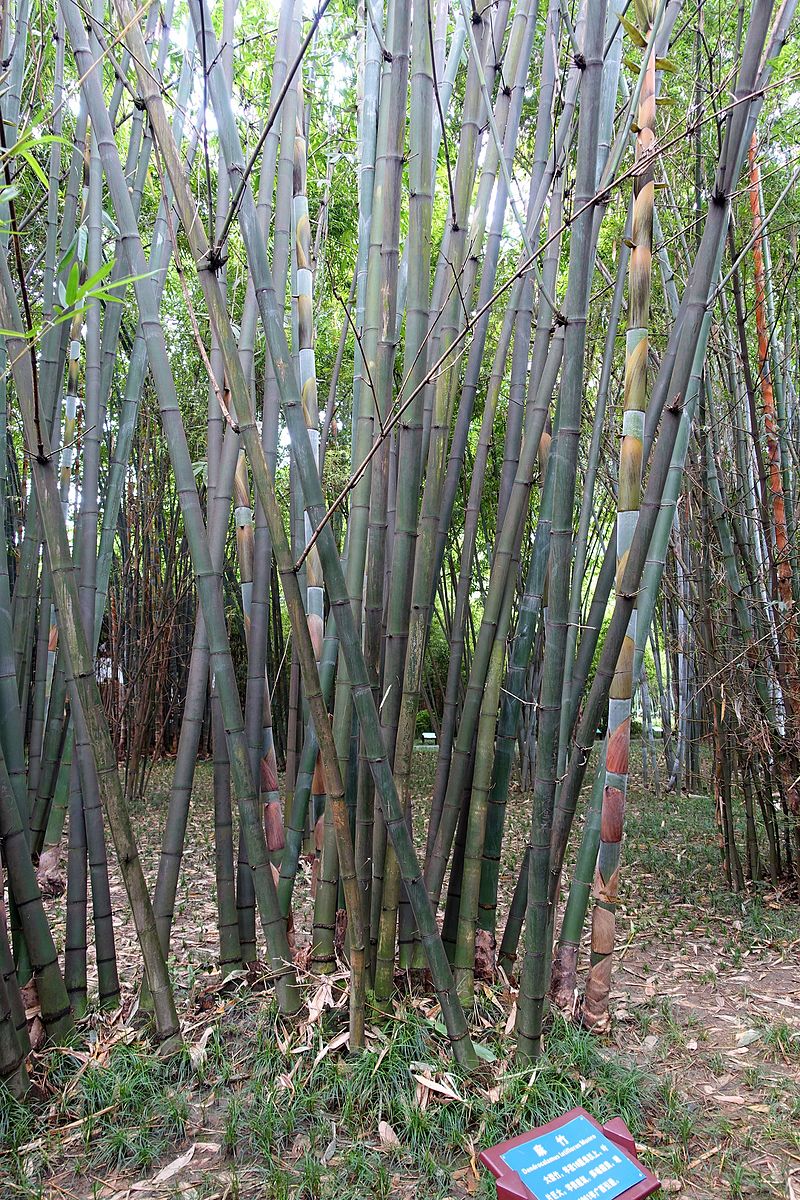





Recent Comments